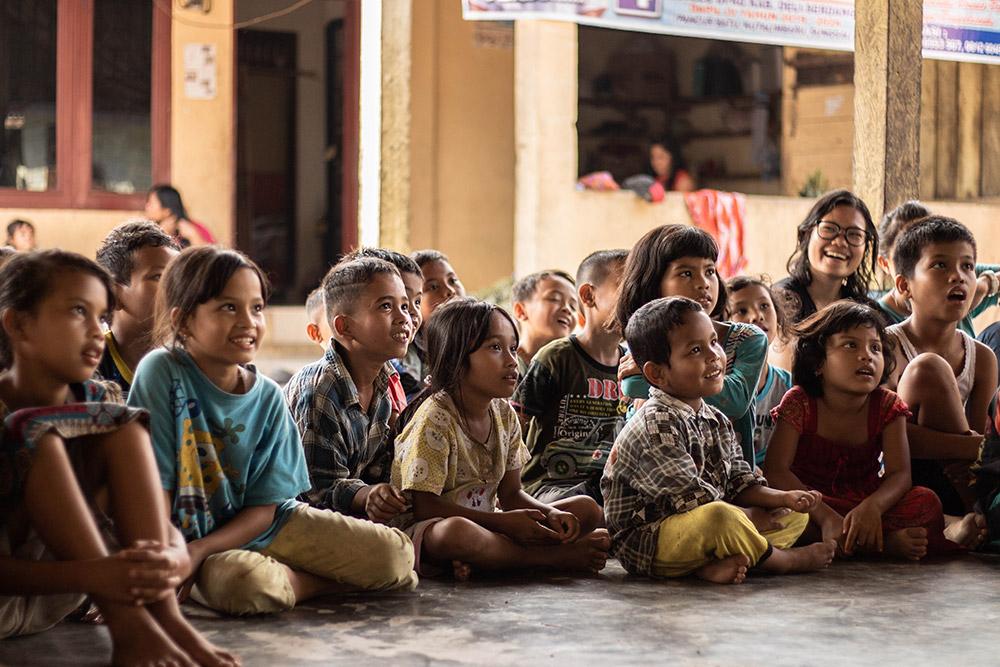Child Labor: Myths and Facts—Updated for 2022

The World Day Against Child Labor
The World Day Against Child Labor is coming up on Sunday, June 12. This is a day to remember that there are currently an estimated 160 million child laborers in the world today and to take action to reduce that number.
The fight against child labor could not be more relevant in 2022. The good news is, thanks to greater awareness, action from governments, and consumers using their voices and purchasing decisions to hold companies accountable, child labor numbers were in decline or stagnation from 2000-2020! But the pandemic has caused an uptick in child labor—around 8 million additional children working dangerous jobs or being kept from school.
That means we still have work to do. So let’s look at the facts and see what we can all do to help fight against child labor.
What is Child Labor?
The International Labour Organization (ILO) defines child labor as “work that is mentally, physically, socially or morally dangerous and harmful to children; and interferes with their schooling.”
This means that child labor includes human trafficking; the ILO estimates that 1 in 4 human trafficking victims are children. But child labor is also broader than human trafficking, and includes work that—while perhaps not forced—is harmful, dangerous, or otherwise unsuitable for children.

Myths about child labor
To effectively advocate for child laborers, we need to clear up a few misunderstandings and myths about child labor.
Myth: Developing countries just need more laws about child labor.
Fact: Most countries have laws prohibiting child labor, these laws are just worked around or not enforced. In many cases, bosses will simply have children lie about their age or otherwise avoid any sort of inspections and audits.
This means that if child labor is to continue to decrease, the companies that we buy from must begin to be more thorough in researching their supply chains, conducting third-party audits, and transparently sharing their sourcing with customers.
Myth: Children in the developing world need to make this money for their families. It is better than nothing.
Fact: Even if this is partially true in some cases, we cannot accept it as a good enough reason to turn a blind eye to child labor. Children should not have to risk their health or forgo their education to sustain their families’ lives.
73 million child laborers are involved in hazardous labor. If a child’s job puts their life at risk, that job is not “better than nothing.”
Child labor also hurts children’s education. Most child laborers end up with a primary-school level education at best, and children who leave school to work before the age of fifteen are less likely to ever find jobs as an adult.
The solution is not to pull out of countries who are known for child labor; this would hurt developing countries. The solution is to encourage brands to examine their supply chains, crack down on child labor, and work with farms, factories, etc. who will provide a fair wage for those same jobs to adults who are capable of performing them. In this way, whole communities and families are built up, so that children do not need to work for their families.
What can I do to fight child labor?
Make your voice heard. Take the time to ask the brands you buy from (or bought from) about their sourcing.
The cocoa industry is one of the most notorious for using child labor, but child labor is also prevalent in all kinds of other agricultural industries, as well as cosmetics and the fashion industry.
Companies listen to their consumers’ dollars; they have and will continue to make changes when we make our priorities known.
Shop ethically. Naturally, we at DoneGood believe that shopping ethically helps, or we wouldn’t exist. Shopping ethically not only takes dollars out of the pockets of unethically-run businesses, but it also supports businesses, people, and organizations who are actively working to support families and communities in the developing world.
Obviously, you already know that DoneGood can help you as you seek to shop ethically. Be sure to also check out the Department of Labor’s “List of Goods Produced by Child Labor or Forced Labor.” This handy spreadsheet can help you know what countries to avoid buying from, especially as you grocery shop.

The DOL's "List of Goods Produced by Child Labor or Forced Labor" may help make ethical shopping even easier.

Erin King
DoneGood Contributor
Writer, editor, and all-around language enthusiast who
uses her love of words to help others.
Website


Leave a comment